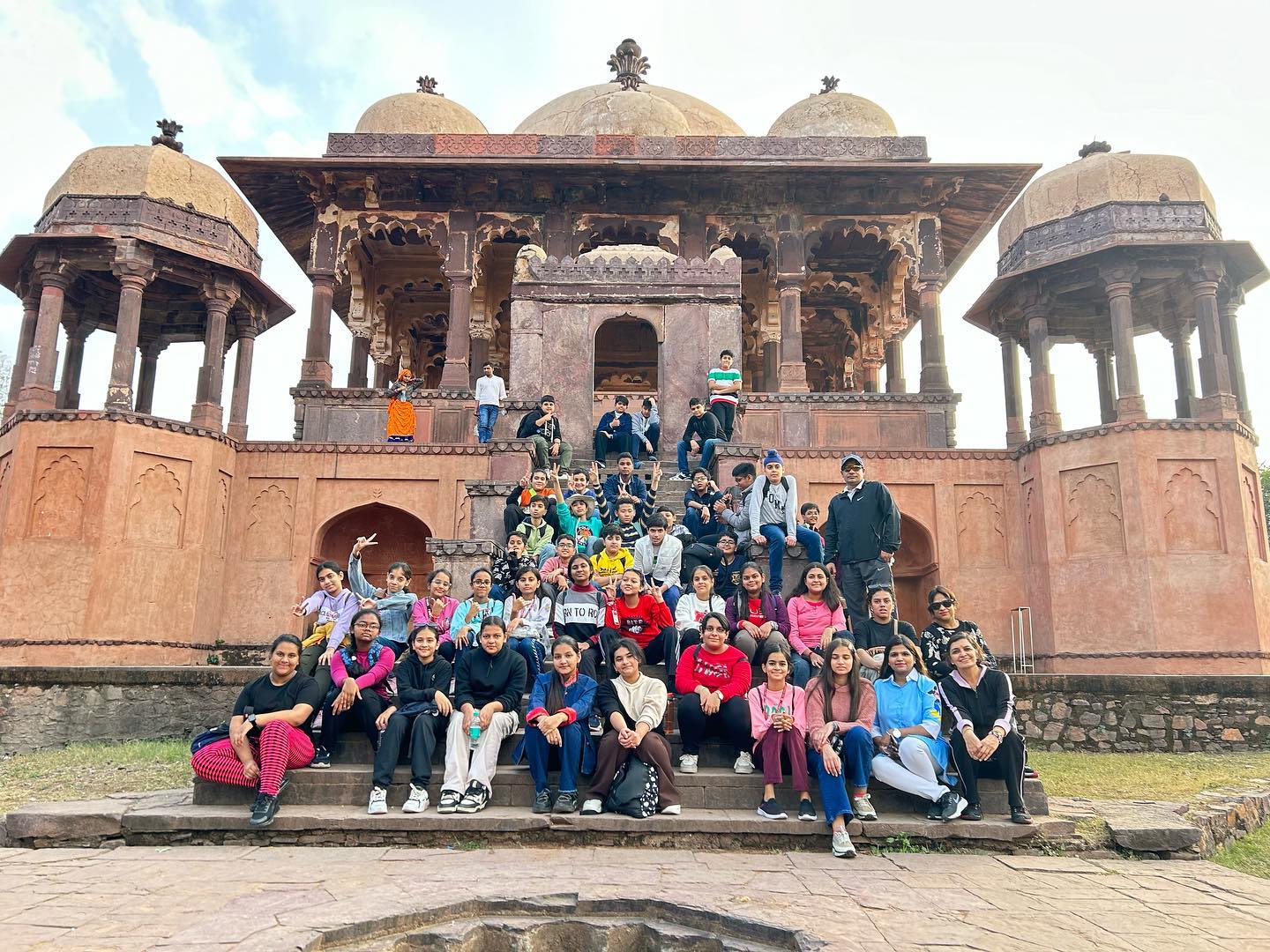
Publicised 12 Nov 2024
Hacks to Maintain Your Hygiene on a Trek
People are most excited about trekking, usually for the first time. However, those going on a trek for the first time are more concerned about maintaining their hygiene while on a trek. Maintaining personal hygiene while on a trek is vital for your well-being and comfort. You can maintain your hygiene even in cold weather, high altitudes, and with limited resources. Do you want to know how we can help you with that? In this blog, we have highlighted some points on staying healthy during the trek.
Take Sponge
Bath Always clean yourself with a small cotton towel or any other natural fiber. You can also clean your body with a wet towel paired with aloe vera or baking powder. When you reach the campsite, take a sponge bath or change into clean clothes. Try to avoid the use of wet wipes, as they are not biodegradable.
Change Inner Layers Daily
It is perfectly acceptable to continue trekking in the same outer clothing. However, you should change your inner layers daily to stay fresh and comfortable during your trekking adventure. Make sure to use quick-dry base inner layers to manage sweat. 3. Trim Nails Remember to trim your fingernails and toenails while trekking. Long nails can quickly collect dirt, leading to unhygienic conditions and causing discomfort or injury during the journey.
Manage Odor
To manage body odor, carry a small underarms deodorant or natural odor-control product. Apply footpowder before wearing shoes to reduce sweat and odor. Regularly air out your shoes to prevent moisture and odor buildup.
Oral Hygiene
Maintain good oral hygiene by dry brushing your teeth with warm water, which keeps your teeth healthy and clean. Rinse your mouth after every meal whenever possible to further promote oral health.
Follow Bathroom Etiquette
Avoid wet wipes or water; use toilet paper for dry toilets instead. Wet wipes can slow down the decomposition process and can cause an odor. You can wash away from the campsite with water occasionally.
Menstrual Hygiene
Use menstrual cups or cloth pads for sustainable hygiene. If you opt for disposable products, pack them out to minimize environmental impact. Practice good hygiene habits, such as washing hands properly before and after using the products.
Use Utensils
Using washed utensils like spoons and forks reduces the risk of transmitting diseases. Also, bring your cutlery and wash it before and after use.
Hand Hygiene
Wash your hands frequently to prevent the spread of germs. When water is hard to find, always carry a small bottle of hand sanitizer.
Sun Protection
Apply SPF 50+ sunscreen and SPF lip balm to block harmful UV rays. These products help prevent sunburn, skin damage, and dryness throughout the trek. Remember to reapply sunscreen regularly for full-day protection.
Stay Hydrated
Drink water regularly to maintain energy and prevent dehydration during the trek. If you are unsure about water quality, use water purification tablets or other methods.
Choose Biodegradable Toiletries
Pack biodegradable soap and shampoo for washing outdoors to minimize environmental impact. These products will break down naturally, which is good for nature.
Proper Waste Disposal
Waste disposal is vital while trekking. Always follow the Leave No Trace principles when disposing of waste. This will keep the environment clean and safe for future trekkers. By taking responsibility for our waste, we can preserve the beauty and integrity of natural areas.
Hygiene in Cooking and Eating
Proper hygiene should be maintained while cooking and eating meals. Always wash hands before eating or cooking, and clean utensils & cookware thoroughly after every use.
Personal First Aid Kit
Carry a personal first aid kit that includes bandages, antiseptic wipes, blister pads, ointments, a thermometer, scissors, etc. Also, remember to take your medications if you have any allergies or ongoing treatment. This way, you care for yourself and treat minor injuries while trekking.
Manage Moisture
Switch to dry socks and clothes to prevent discomfort and health-related issues like colds, blisters, or infections when you get wet. Staying dry is important for your comfort and well-being throughout the trek. These small steps can make a huge difference in keeping you healthy and comfortable during outdoor activities.
Conclusion
Trekking seems exciting and adventurous, but maintaining personal hygiene can sometimes be challenging during a trek. However, maintain personal hygiene on a trek as you would at home. Accessible practices like regular hand washing, using biodegradable wipes, and keeping your surroundings clean can make a big difference. Don't forget to pack a small hygiene kit that includes all essentials like hand sanitizer, toothbrush, handwash, toiletries, ointment, bandage, deodorant, nail clipper etc. Always remember a clean trekker is a happy trekker! Maintaining hygiene is essential as you live in close quarters throughout the trek. Ensure that the other trekkers have a pleasant experience, too. We hope these tips will help you stay fresh and healthy throughout the trek.










